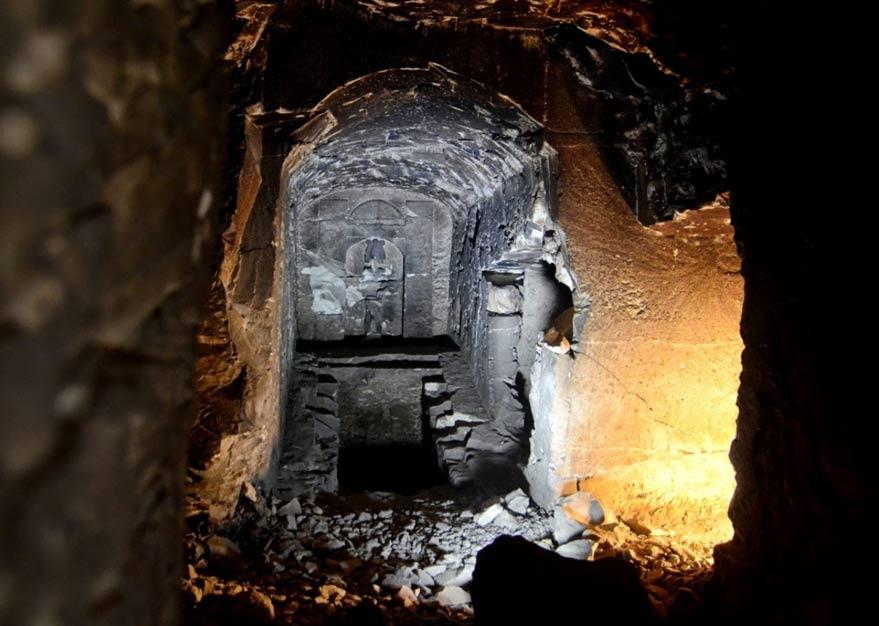A tomb dedicated to the ancient Egyptian god of death, Osiris, has been found in the Valley of Nobles (also known as the Tombs of Nobles) in Luxor. The archaeological Min Project announced the find on Thursday, in conjunction with the Ministry of State for Antiquities.
The tomb’s structure matches the description of Osiris’s tomb in Egyptian legend and is said to be a faithful replica. It is thought to date to the 25th dynasty (760–656 B.C.) or 26th dynasty (672–525 B.C.). Other tombs from this time period have been found with similar elements of the mythic tomb.
A tomb discovered during excavations in 1902–1903, known as the Osireion, also resembles the tomb of Osiris described in legend. The Osireion was built under the rule of Seti I, who reigned 1294–1279 B.C.
In the recently discovered tomb, a statue of the god is a central feature. It stands in a chapel with a vaulted ceiling, and in front of it is a shaft that descends about 30 feet (9 meters) into another room. In this room is another shaft that leads down another 20 feet (6 meters) to the deepest part of the tomb, according to Luxor Magazine. A hall is supported by five pillars.
Osiris is isolated on a sort of island, raised above the other parts of the chamber. In Egyptian mythology, Osiris ruled over the netherworld after he was murdered by his brother, Set. Set killed Osiris to usurp the throne. Osiris’s wife, Isis, revived him long enough to become pregnant by him so they could have a child to one day challenge Set. In some versions of the myth, Isis had to recover Osiris’s body parts, which had been scattered far and wide by Set, to put him back together again.






